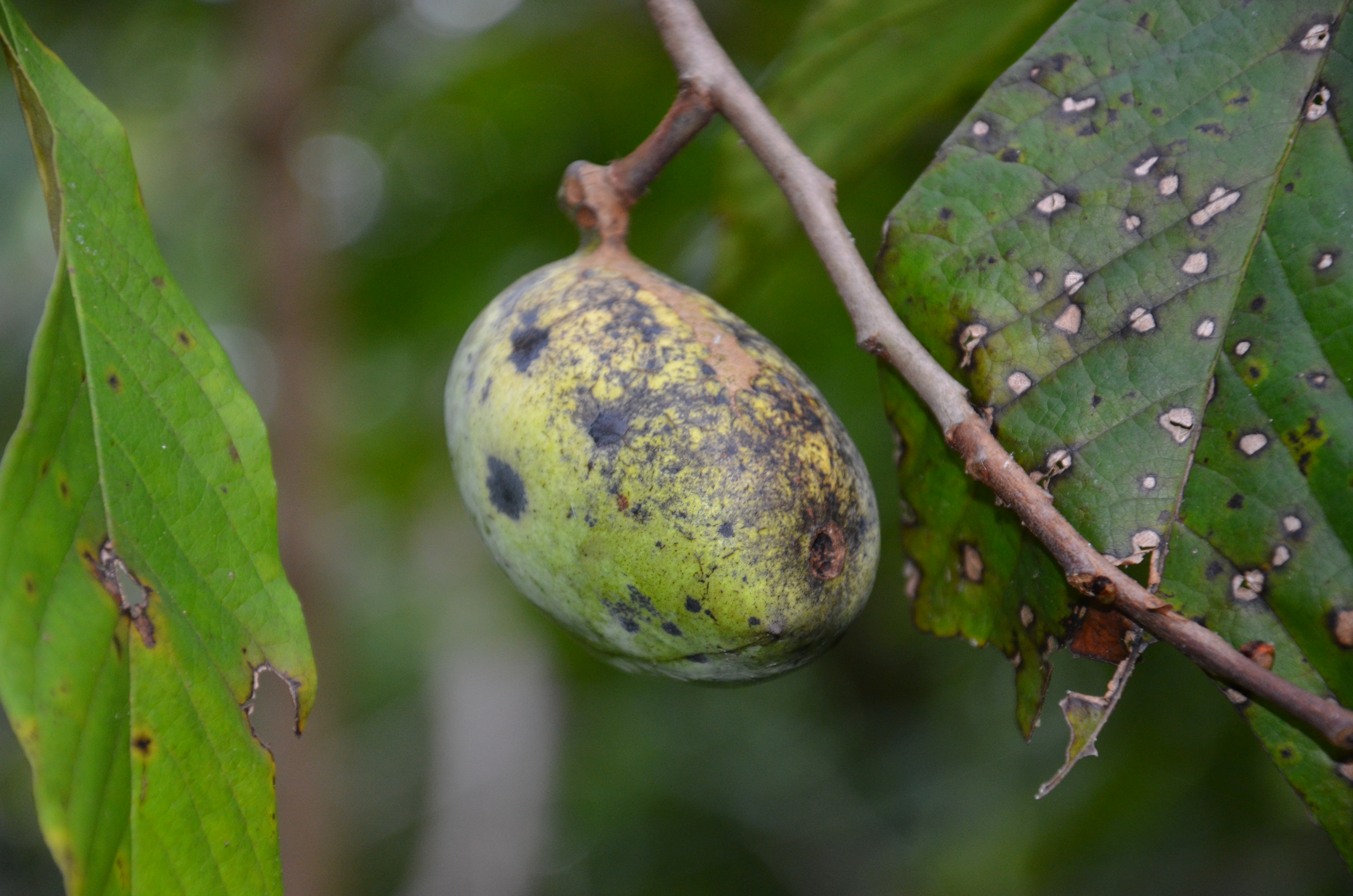

#Paw paw fruit full#
The solution here is to build a temporary shade cloth structure over young trees and remove it once they are older and established (you can tell once they start blooming that they're ready to fruit!) so that they can take advantage of the full sun exposure. Pawpaws fruit in shade too, but they may produce less fruit than trees grown in full sun. Once established, pawpaw trees produce the most fruit when grown in full sun. This is because, in nature, pawpaw trees grow as "understory trees", in the shade of other much larger trees. Young pawpaw trees can be sensitive to full sunlight and require filtered sun for the first year or two. Growing pawpaws in your backyard is the best way for you to enjoy this fruit. This has made it impossible for pawpaws to be sold in most grocery stores, since they can’t be transported to market quickly enough. Ripe pawpaw fruits have a very short shelf life: about 3-5 days. The fruit has a strong tropical flavor - similar to bananas, pineapples, or mangoes. They turn from green to yellow (or brown) when ripe. Pawpaws are actually very large berries, sometimes growing longer than 6 inches. Currently, pawpaw trees can be found growing wild in the U.S. Guest article by Patti Moreno What are pawpaws?Īlso known as the American Custard Apple, or Indiana Banana, pawpaws were widely eaten and enjoyed by Native Americans back in the day. _ Words in This StoryĬommercial - adj.What are pawpaws? Pawpaw trees (Asimina triloba) are shade-loving understory trees that grow the largest edible fruit native to North America. Write to us in the Comments Section or on our Facebook page. Caty Weaver was the editor.ĭo you have any special fruits or vegetables that you can only find in your country? We want to hear from you. Phil Dierking adapted it for VOA Learning English with additional materials. Milena Gjorgjievska wrote this story for VOA News. So, who knows? Maybe the paw paw will show up soon at a market near you. They told National Public Radio that they purchased their paw paw trees in the 1990s and now sell the fruit at farmers markets and online. Donna and Jim Davis are paw paw farmers in Westminster, Maryland. “It has that energy, and the people here today, there's an excitement, because they are trying something totally new but also exotic that grows here.”įarmers are trying to grow kinds of paw paw that will be easier to ship and sell commercially. Michael Judd helped organize the Maryland paw paw festival. There were paw paw jams, pies, gelato, and beer. In several states farmers have organized “paw paw festivals” to reintroduce people to the food.Īt such a festival in Maryland recently, farmers displayed different products made with paw paws. Planters are again growing paw paw trees and harvesting the fruit. This makes it hard to sell anywhere distant from the paw paw tree it came from. In addition, the fruit is good to eat for only two to three days after harvesting. The fruit requires a very special environment - low, wet areas that sometimes flood. The paw paw has never been sold commercially. Today, paw paws remain popular in the Appalachian mountain area. American explorers Lewis and Clark wrote in their journals about the paw paw. He also sent paw paw seeds to his friends in France. He planted paw paws at Monticello, his home in Virginia. president, who especially liked them cold. Paw paws reportedly were a favorite treat of George Washington, the first U.S. The paw paw was an important food for Native Americans and even early European settlers. The fruit has a very short harvest season, from two to three weeks in September and October. It also grows along the East Coast from New York to Florida. Most people are very surprised by its sweet taste.Īt one time, it could be found as far west as Nebraska. Most people agree that the pawpaw tastes like a combination of a banana, an apricot and a mango. It has a dull green-colored skin, and a soft, almost- creamy orange inside. It is similar to a typical mango in size. It’s also the largest edible fruit native to the US. Happily, those who love the paw paw are trying to return it to its former position in American foods.Ī paw paw is a tropical-like fruit that grows on trees found all over the eastern United States. Once, however, it was one of the most popular fruits in North America. Most Americans do not know of the fruit, although it is native to the United States.


 0 kommentar(er)
0 kommentar(er)
